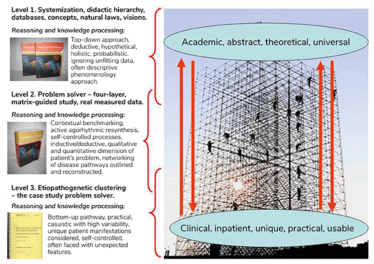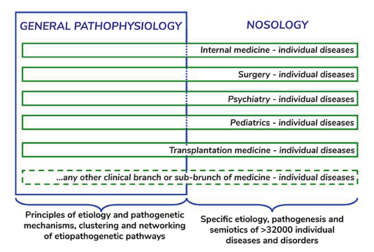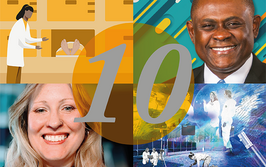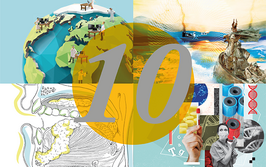
Pathophysiology: Top-Down or Bottom-Up?
Zdenko Kovač highlights a geographic – and pedagogical – divide
Zdenko Kovač | | Opinion
In many European countries, the tradition of teaching pathophysiology as a standalone subject can be traced back to Rudolf Virchow. However, elsewhere, pathophysiology is taught as an integral part of pathology. Nikola Tesla once said, “Nature may reach the same result in many ways” – a statement that can equally be applied to the teaching and learning of pathophysiology. Even when pathophysiology is studied in different ways or under different names (such as clinical physiology or pathobiology), the central idea and contents of integrative pathophysiology follow Virchow’s postulate across all institutions. In his words, “The standpoint, which we aim to abide, is a scientific one. Clinical medicine as applied theoretical discipline, theoretical medicine as pathological physiology is the ideal, which we shall strive to realize as far as it is in our power.”
Differences in academic approaches across countries have led to a geographic dichotomy (see Figure 1). Institutions with a top-down approach place more emphasis on basic sciences expertise and have mostly kept the term “pathophysiology” (or equivalent), whereas those with a bottom-up strategy emphasize clinical expertise and more closely align with nosology, often studied within various branches of medicine. In the US, pathophysiology is the majority view – several medical schools even have compulsory pathophysiology courses.

Figure 1. Top-down versus bottom-up approaches to pathophysiology education.
When examining the relationship between nosology and general pathophysiology, the balanced weight of scientific expertise is demonstrated by matrix-driven algorithmic analysis/resynthesis and etiopathogenetic clusters (EPCs), which were developed by the Zagreb School of Pathophysiology (see Figure 2).

Figure 2. The relationship between pathophysiology and nosology.
William Osler critically noted that, “if it were not for the great variability among individuals, medicine might as well be a science, not an art.” Osler aligned more closely to clinical expertise and nosology – a stark contrast to Virchow’s scientific enthusiasm for pathophysiology in the 19th century.
Retired Professor of Pathophysiology and Internist at the University of Zagreb School of Medicine and Founder and Principal Advisor of the Dubrovnik Summer School of Pathophysiology, Centre for Advanced Academic Studies, Croatia.




















